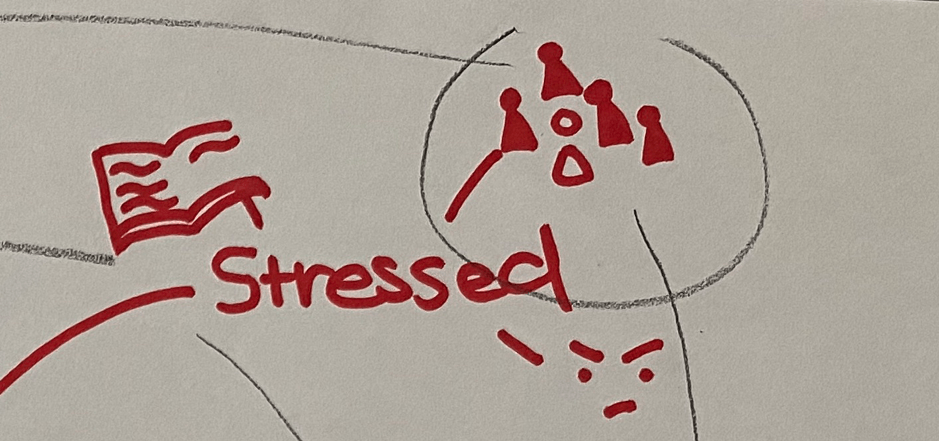By Dr. Huma Durrani
“I don’t fit in with my classmates”!
“The girls made a plan and left me out intentionally”!
“I don’t know why, but I don’t have friends” !
Above are some common reasons that drive unhappy adolescents to therapy or counselling. Usually the most readily available resource to tackle the issue are school counselors who guide the troubled child by facilitating their interaction with other children in school and/or highlighting underlying issues. However, often school counsellors have their plates very full and may not be able to give the child the time and attention that is required to dig deep into emotional and developmental aspects that may be the cause of their relational challenges. Consequently caregivers of the child are referred to professionals outside the school who may offer a variety of therapeutic interventions that address social skills issues such as: counselling, mindfulness, Cognitive Behavioral therapy (CBT) ( talk therapies) or art, music, play and drama therapies (creative/expressive arts therapies) amongst others.

In my experience, caregivers are often drawn to art therapy because their child likes to make art or they find it to be a softer approach as compared to talk therapy, especially if the child is reserved or resistant to talk. Indeed art therapy is a non-confrontational approach where the artwork acts as a buffer wherein difficult emotions and memories can be expressed and processed without causing undue stress and anxiety. Closed or shy children are more likely to open up where the language is not the primary mode of communication. Interestingly, the artwork can bypass defense mechanisms to reveal content that is not accessible to words and is therefore not within the awareness of the child.
Hence, the child’s creative expression often holds the answer to “I don’t know why I don’t have friends” amongst other questions and can highlight the following:
a. unhelpful behavior patterns that contribute to relational difficulties
b. self-perception and others’ perception of the self
c. ability to relate to the others (theory of mind, capacity to empathize or perceive a situation from multiple perspectives)
d. ability to review, reflect and problem solve
e. lack of self-awareness and insight
f. other underlying psycho-emotional or developmental problems
The art therapist makes an ongoing assessment of all of the above as each session with the child builds upon the previous to construct a picture of their relational patterns. Correspondingly the therapist facilitates the child’s expression to:
a. relieve stress through sharing of the problem
b. build the capacity to analyze, reflect and problem solve
c. foster self-esteem and self-knowledge
d. build empathy and perspective taking
e. encourage agency and initiative
Art therapy is for everyone, children, adults and the elderly, whether they know art making or not. The process of engaging with art materials and the creation of an art product is cathartic, informative and empowering. Art therapists may use a combination of artmaking, play and music to motivate clients to engage and open up. The multi-sensory nature of the approach and the vast choice of art materials in the art studio can draw in the most resistant of individuals to work through their problems in a fun way. Art therapy may be done individually or in groups.